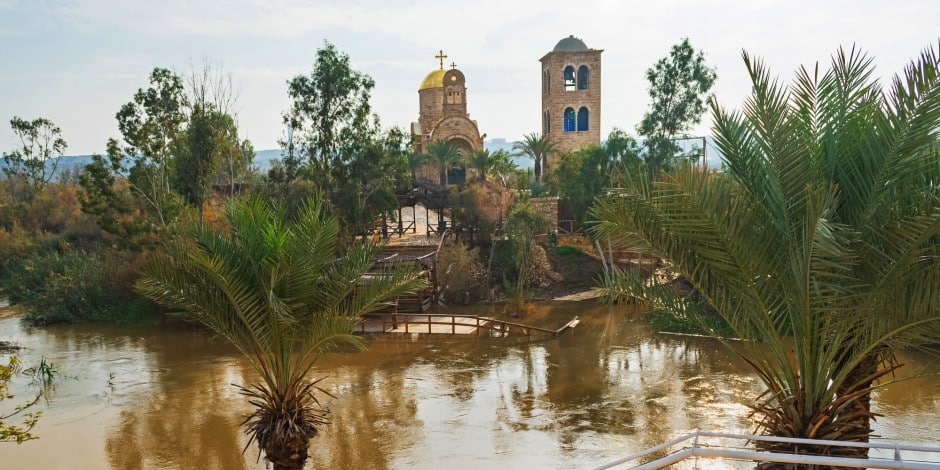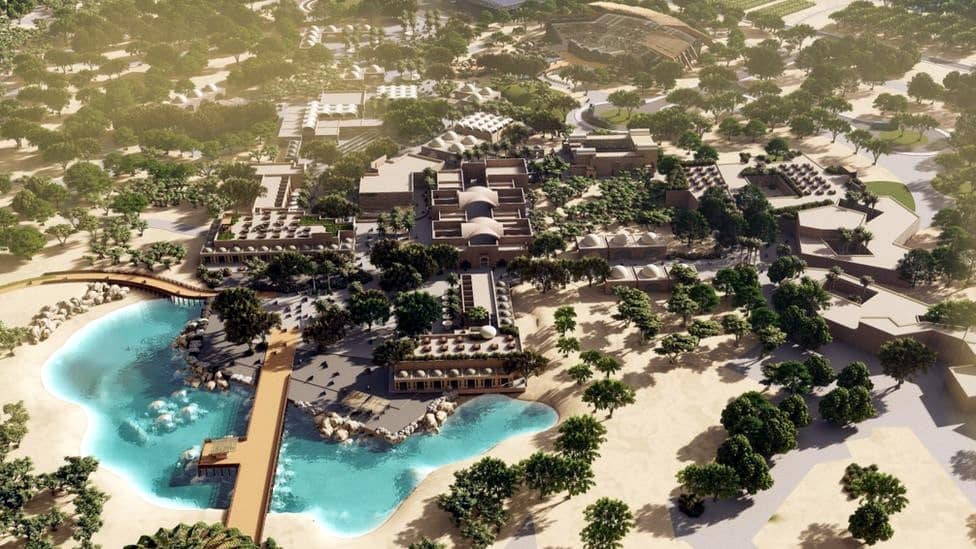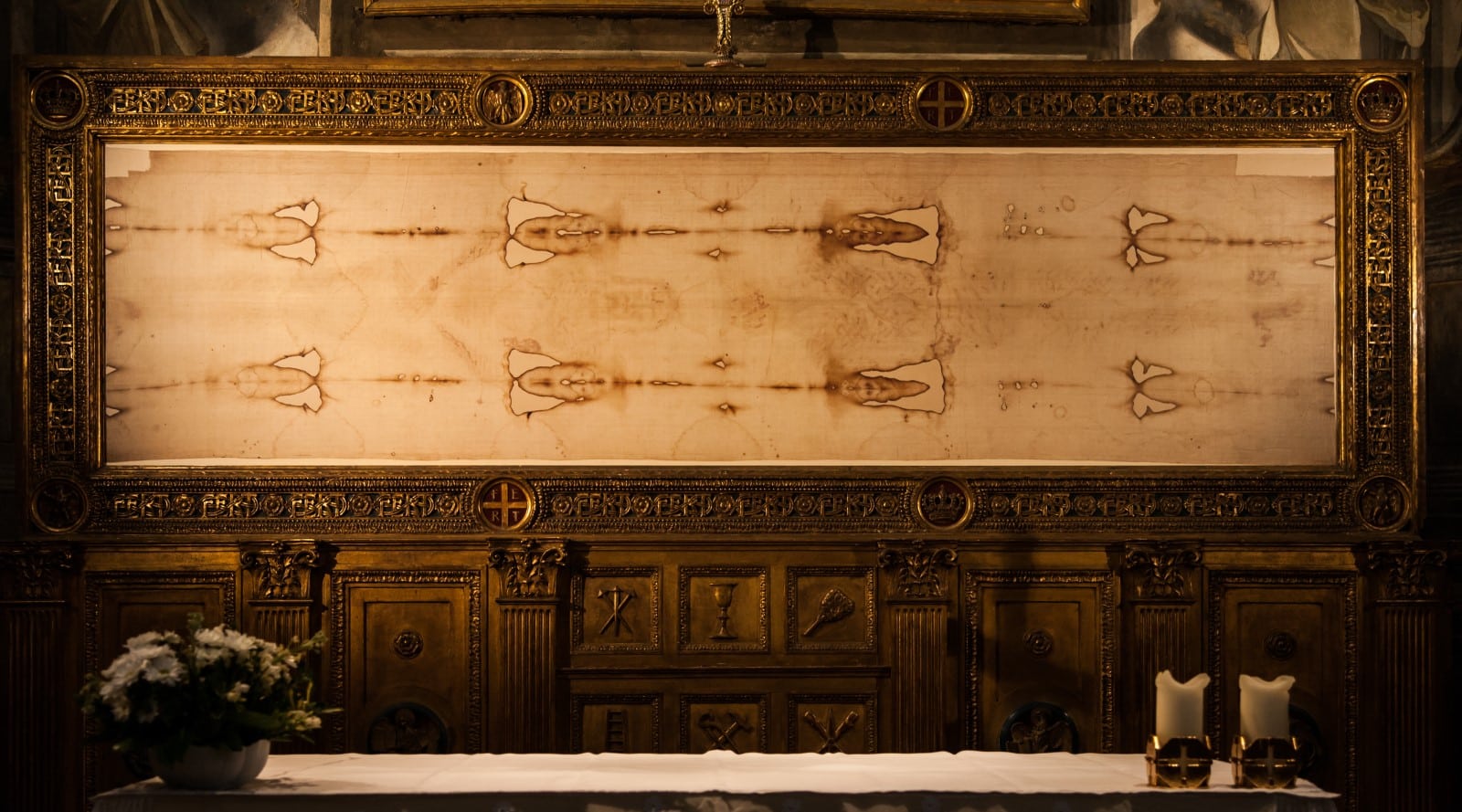As part of our Time Traveler series, we bring past stories to life with new experiences. In this article we venture to Al Maghtas the site of Jesus’ Baptism.
A Landmark of Faith
Al-Maghtas, a site steeped in spiritual importance and historical significance, holds a special place in the hearts of billions of people around the globe. Marking a pivotal moment in Christian history, Al-Maghtas is considered by many Christian sects as the original site where Jesus Christ was baptized by John the Baptist. Traveler will venture into understanding this UNESCO World Heritage site and explore the historical, cultural, and religious context that has shaped Al-Maghtas over millennia.
Historical Overview
Al-Maghtas, which translates to ‘the baptism’ or ‘immersion’ in Arabic, bears testament to the beginnings of Christianity. The Gospel of Matthew narrates the event, “Then Jesus came from Galilee to the Jordan to be baptized by John” (Matthew 3:13). The account goes on to detail the Holy Spirit descending like a dove and God’s voice from heaven proclaiming Jesus as his beloved son. This marked the inception of Jesus’s public ministry, and consequently, the birth of Christianity.
The site has been venerated as the baptismal site of Jesus since the Byzantine period, with accounts dating back to the 4th century AD, describing pilgrimages to this location. The pilgrim accounts, along with numerous archaeological remains of churches, monasteries, hermitages, and other religious buildings, particularly from the Byzantine and Medieval periods, collectively attest to the site’s historical significance.
Archaeological Evidence
The archaeological discoveries at Al-Maghtas include two distinct areas: Tell Mar Elias and the area of the Churches of St. John the Baptist.
Tell Mar Elias is an archaeological mound, located slightly outside the town limits and northwest of Ajloun in the Ajloun Governorate, northern Jordanis. It is believed is believed to be the spot that the Prophet Elijah ascended to heaven in a chariot of fire, as depicted in the Old Testament (2 Kings 2:11). Consequently, the hill was named Tell Mar Elias, which translates to “St. Elijah’s Hill.” This location has yielded remains of Roman and Byzantine constructions, including a large Byzantine church complex from the 5th–6th centuries AD. From Tell Mar Elias, you can take the Jordan Trail and follow his path all the way to the Al-Maghtas.

In contrast, the area of the Churches of St. John the Baptist contains remnants of numerous Christian pilgrimage structures, including at least five different churches, a prayer hall, a monastery, hermit cells, and baptism pools, mostly from the Byzantine period. These constructions illustrate the importance of the area to early Christians and confirm its role as a major pilgrimage site.

How to Visit Al-Maghtas
Al-Maghtas, also known as Bethany Beyond the Jordan, is situated in Jordan, approximately 40 kilometers west of Amman, the capital city, and 10 kilometers southeast of Jericho.
To visit Al-Maghtas, the most practical route is to fly into Queen Alia International Airport in Amman. From there, one can rent a car or hire a taxi for the approximately one-hour drive to the site. Alternatively, organized tour buses are also available from Amman, Madaba, and the Dead Sea resorts.
The site itself is well organized for tourism. There’s a visitor center where you can get maps and additional information. The site can be explored on foot or by free shuttle buses that run frequently between the key points. The tour of the site usually includes visiting the excavated ruins of ancient monasteries, churches, and baptism pools, along with a view of the River Jordan.
Visitor access is controlled at one single entrance gate, which allows not only for the control of visitor numbers but also for the distribution of information and specific paths are laid out on site for the visitor walks and pilgrim processions to protect the remaining character of wilderness.
This site is open year-round (8:30 a.m. to 6 p.m. in summer, 8:30 a.m. to 4 p.m. in winter)
The Future
Jordan has declared an audacious strategy, carrying a price tag of $100 million, with the objective of attracting one million Christian visitors to al-Maghtas in 2030. This is intended to mark what is perceived as the Bimillennium of Jesus Christ’s baptism, a significant event in Christian history.

Nearby Churches
John Baptist Greek Orthodox Church – The Greek Orthodox Church of John the Baptist is a religious site of significant importance near the Jordan River. Located within the Al-Maghtas site on the Jordanian side, the church is a significant destination for Christian pilgrimages due to its close association with the life of John the Baptist and Jesus Christ.

Constructed over the ruins of earlier Byzantine religious structures, the Greek Orthodox Church of John the Baptist is part of the vast religious and archaeological complex that comprises Al-Maghtas. It is situated close to the banks of the Jordan River, believed to be the location where John baptized Jesus, marking the inception of Jesus’ public ministry.
The church itself is a beautiful example of Greek Orthodox architecture. It features traditional design elements, including domes, arches, and ornate religious iconography. The church’s highlight is a special area signifying the exact spot where John the Baptist is believed to have performed the baptism of Jesus. This area is often filled with pilgrims who come to renew their baptismal vows.

The Greek Orthodox Church of John the Baptist is an active place of worship. Therefore, visitors are advised to respect local customs and traditions. Modest dress is required, and photographs may not be permitted inside the church without prior permission.
Elijah’s Hill Christian Church
Nestled amidst the serene landscapes of Al-Maghtas, the Elijah’s Hill Christian Church stands as a testament to faith, history, and spiritual significance. This holy site, holds deep-rooted religious and historical importance for Christians worldwide. It is a revered place of worship and pilgrimage. Elijah’s Hill Christian Church serves as a sanctuary for believers seeking a connection to their religious heritage and a glimpse into the life and teachings of Jesus Christ. The church’s architecture draws inspiration from Byzantine and Crusader-era styles, with its domes, arches, and stone walls reflecting a timeless aesthetic.

The entire complex of Al-Maghtas including Elijah’s Hill, is dotted with the ruins of several ancient Christian churches, monasteries, and baptismal pools. These sites have been excavated and preserved, providing a glimpse into the religious practices and architectural styles of early Christian communities.
Safety Considerations
Jordan is generally considered safe for travel, although like any other travel destination, it is always advisable to stay updated about the current security situation. Travelers are encouraged to follow advice from their local government travel advisories and the US State Department. Also, consider obtaining comprehensive travel insurance that covers any medical expenses, theft, and any possible disruption in your travel plans.
While visiting Al-Maghtas, and in Jordan more generally, respect for local customs is appreciated. This is particularly important at religious sites like Al-Maghtas. Modest dress is advised, especially for women. It’s also recommended to avoid public displays of affection.
Jordanians are known for their hospitality and welcoming nature. Most tourists have pleasant interactions with locals. Tt is advisable to be cautious and mindful of your belongings, and avoid isolated areas, particularly at night.
Visitors can explore these ruins as part of their tour of Al-Maghtas. They offer a unique opportunity to walk through history and better understand the origins and evolution of Christian worship.




